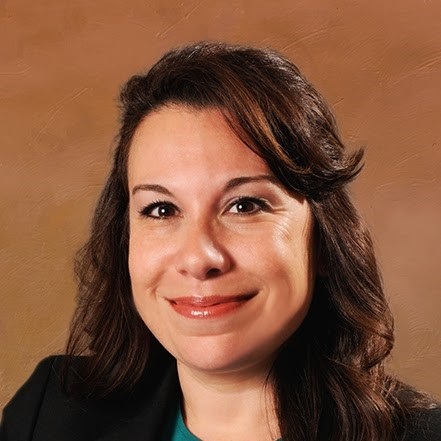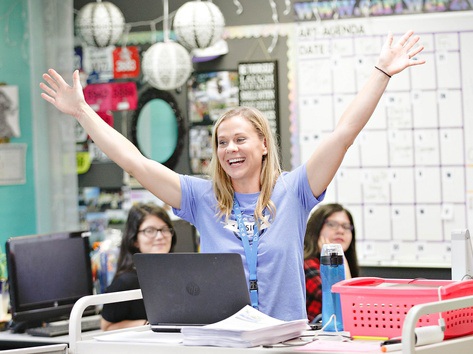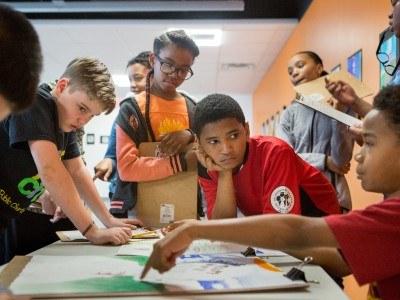Enabling Change
Students as Stakeholders and Co-Designers
Topics
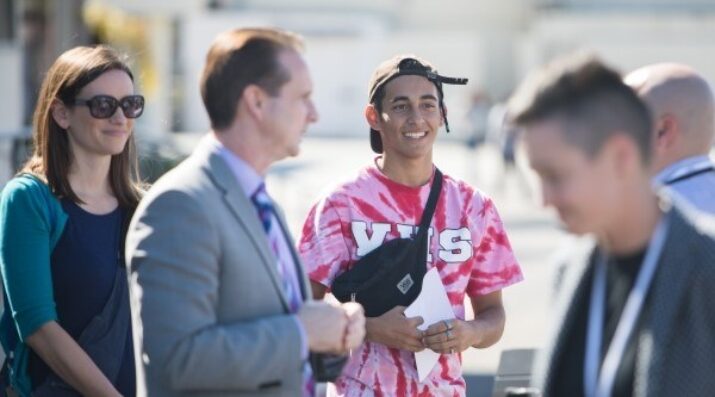
Next generation learning is all about everyone in the system—from students through teachers to policymakers—taking charge of their own learning, development, and work. That doesn’t happen by forcing change through mandates and compliance. It happens by creating the environment and the equity of opportunity for everyone in the system to do their best possible work.
In many ways, students are seen as primary stakeholders in Vista Unified School District’s work to transform learning for equity and lifelong success.
In the wake of the COVID-19 pandemic, schools and districts are framing “student engagement” as a challenge—especially in terms of motivation to recoup lost learning. However, like some other schools and districts that have embraced student voice and agency as an essential element of our learning transformations, at Vista Unified School District (VUSD), we frame student engagement not so much as a problem to be solved but as a solution in its own right. Long before COVID, we were engaging learners authentically as partners, co-designers, and change agents in our personal learning (PL) journey.
In our district, not only do students have the ability to make choices about their own learning, but they also work alongside adults to shape the identity of their schools and the entire district. Students are primary stakeholders in our work to transform learning for equity and lifelong success.
Catalysts for Change
Many external factors contributed to our initial decision to transform learning, but students were the primary catalysts for change. Dr. Matt Doyle, the district’s superintendent, tells the story of the listening tour he and Dr. Devin Vodicka, who was superintendent at the time, conducted in 2014. “We had 29 schools, and we divided the district in half,” he recalls. “We interviewed a large group of students, more than 2,000 students, over the course of five months.”
Matt and Devin actively sought diverse voices and framed their requests for interviews accordingly. They would talk to each principal and say, “Could you get a group of 20 or 30 students together? And we want all types of students represented. So we want special education and English language learners. We want AP students, and we want athletes. We want drama kids. We want your mathletes and computer kids. Get them all in a room. And we’re just going to have an honest conversation with them.”
Matt and Devin visited every school and spoke to learners in fourth to twelfth grade. They asked a few key questions like, “What does school mean to you?” and “What does Vista mean to you?” and took notes. At the end of the five months, as Matt and Devin were reviewing and analyzing their copious interview notes, Matt proposed an idea for surfacing key themes: putting the notes into Wordle, which shows the words used the most as the biggest. The word that came out the largest was “irrelevant.”
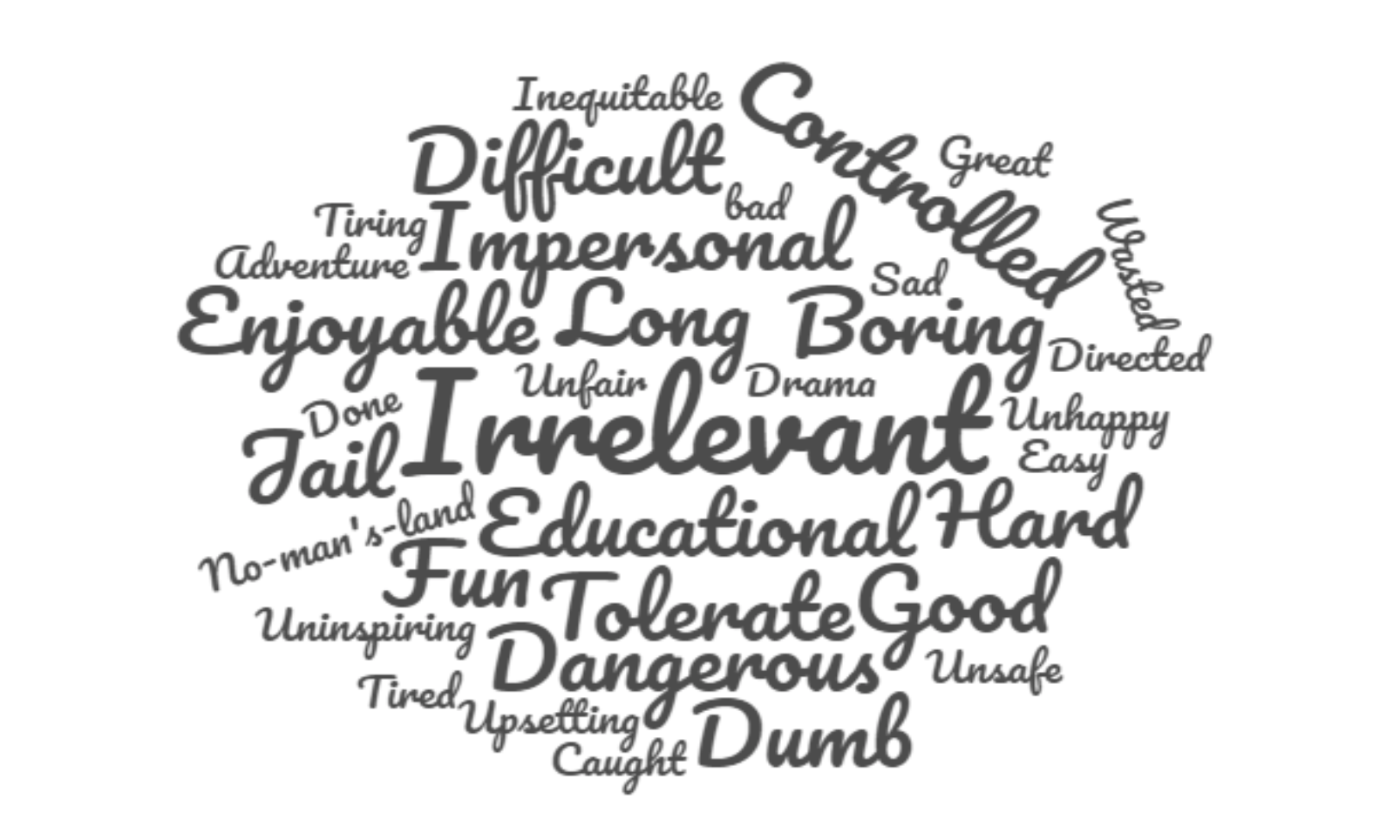
Listening to students in this way provided essential data that our traditional measures had missed. In 2015, I became the principal of Mission Vista High School (MVHS). We were one of the top performing high schools in the area—if you looked at our data, there was no reason to transform. So, this Wordle graphic served as the “gut punch” that set our transformation in motion.
As Matt recalls, “It was like, ‘Wow, our kids basically think what we’re doing is irrelevant. So how do we make it relevant?” This question prompted a districtwide transformation to personalize learning and built the foundation for what our district strives for today. “We believe in the infinite capacity of all students to do great things,” as Matt explains, “and it’s our job to create the environment for students to discover their strengths and their interests, what they’re passionate about.”
Because transforming the student experience to make it relevant to learners, their lives, and their future success is the goal, students have continued to serve as partners and co-designers ever since. For just one example, student voice has driven changes to the Mission Vista curriculum, such as the co-creation of new math and history courses based on our learners’ goals and interests.
Structures to Support Learner Engagement
In some cases, VUSD students provide input and feedback as a bloc, through structures like Student Senate, in which representatives from each class are nominated by their peers to represent the student body. In my role as principal at MVHS, I met with these student representatives once a month. Some topics, like graduation planning and student parking, are similar to those addressed by student councils everywhere. However, because of our value on student voice, the MVHS Student Senate has a broader mandate and I believe its impact is greater.
The only adults in those meetings were me and one of my assistant principals—at the time, Jermeny Walden and Amy Zilk—because we wanted to create a safe space. So either Jeremy or Amy would come with me to take notes so I could facilitate. We’d talk about personalized learning and transforming the school. The students would provide a lot of feedback. Some of it—a lot of it—was about teaching and learning, and we wanted to make sure that feedback got heard. We would type up notes so that I was able to share with department chairs, our leadership team, or our staff. And, we would also create posters to disseminate their feedback across the school.
“It’s our job to create the environment for students to discover their strengths and their interests, what they’re passionate about.” –Matt Doyle
Learners also provide input and feedback through working groups or committees related to school and district initiatives. For example, groups of students are brought together on a regular basis to give input on the district’s Blueprint for Educational Excellence and Innovation. This is our district’s plan to transform teaching and learning into an engaging, relevant, and personal learning journey. Learners also speak on behalf of the district by serving as ambassadors and participating in student panels when educators and prospective families tour their schools.
Senior Olivia Song, a school ambassador for MVHS, identifies some of the ways she and other students have been engaged as leaders and co-designers. “I get to be involved in the WASC (Western Association of Schools and Colleges) meetings, where all the teachers and departments come together and talk about ways to improve. I get to participate in that and have student voice within those groups.” Drawing upon her own experiences as a freshman, for example, Olivia suggested improvements to the freshman seminar to benefit ninth graders next year and in the future.
Olivia also points to a recent experience participating in one of many student forums related to VUSD’s transformation. In Olivia’s words:
“Our district’s redesigning our mission and vision. A big focus of the meeting was how much things have changed from 10 years ago to now. And how many—and how fast—things will change from now to another 10 years. It was about preparing for the future because everything is happening so fast. We got to talk about what we need in order to adapt to that change, things like having open-mindedness and communication and understanding each other.”
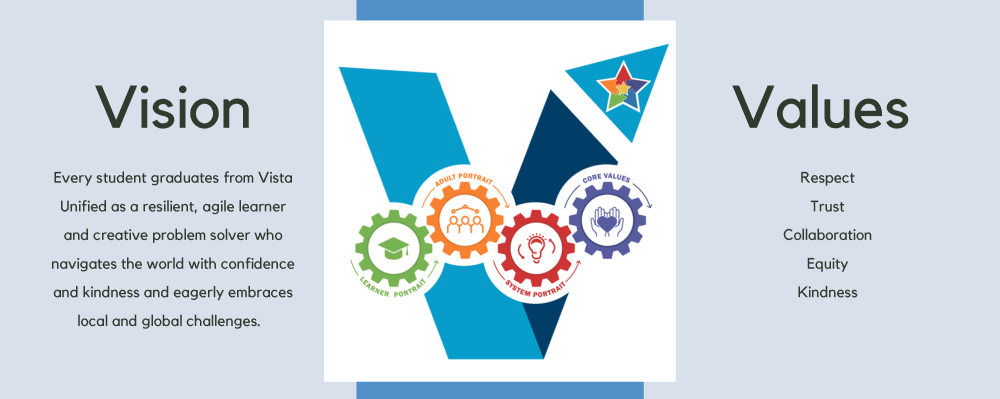
Partners in the Personal Learning Transformation
Our district’s engagement with learners as stakeholders is not limited to committees and activities created specifically for student voice and input, however. In addition to those structures, learners participate alongside adults as part of our inclusive approach to change. Educators throughout our district view learners as partners and act accordingly as a matter of course. For example, students participate in community forums like those for the district’s Career Superhighway initiative, and advisory bodies, like the Superintendent’s Council for Innovative Learning, the group tasked with establishing priorities for teaching and learning during the pandemic, as well as the Superintendent’s Council for Equity and Anti-Racism.
Student voices were instrumental in identifying priorities and recommendations to the school board around what it would take to make schools more equitable.
Amy Zilk, who co-led the Council for Equity and Anti-Racism for the district, notes that student voices were instrumental in identifying priorities and recommendations to the school board around what it would take to make schools more equitable. “What they really wanted to see,” she says, “was representation in the staff and representation in their instructional materials. They wanted their cultures brought into the curriculum to be honored just as much as anyone else’s.”
Matt recalls that, before COVID, learners were invited to give presentations to the school board. He describes the effect it had on the meetings: “I introduce them, and they present. I don’t present. So it’s more authentic. Interestingly, when we do this, we have hundreds of people at board meetings. It’s an interesting way to get people to the board meetings for the right reasons.”
Surveys are another powerful tool for soliciting a wide range of student voices. For example, when we were recently focusing on Title IX, we used surveys to ask students about equity and access. A recent survey of high school students addressed topics like care and connection and well-being during the pandemic. Learners completed the survey during class to encourage broad participation and the inclusion of many voices. We’re taking time in class so that the results are truly representative of our students and can effectively drive our decisions.
Our approach to change relies on adult practices and student experiences mirroring one another. (Learn more about school leaders and educators as change agents!) The term “learner” applies equally to adults and students. To us, learner engagement includes teachers, leaders, and staff, as well as students, because we are all partners and co-designers of the district transformation, learning together as we go.
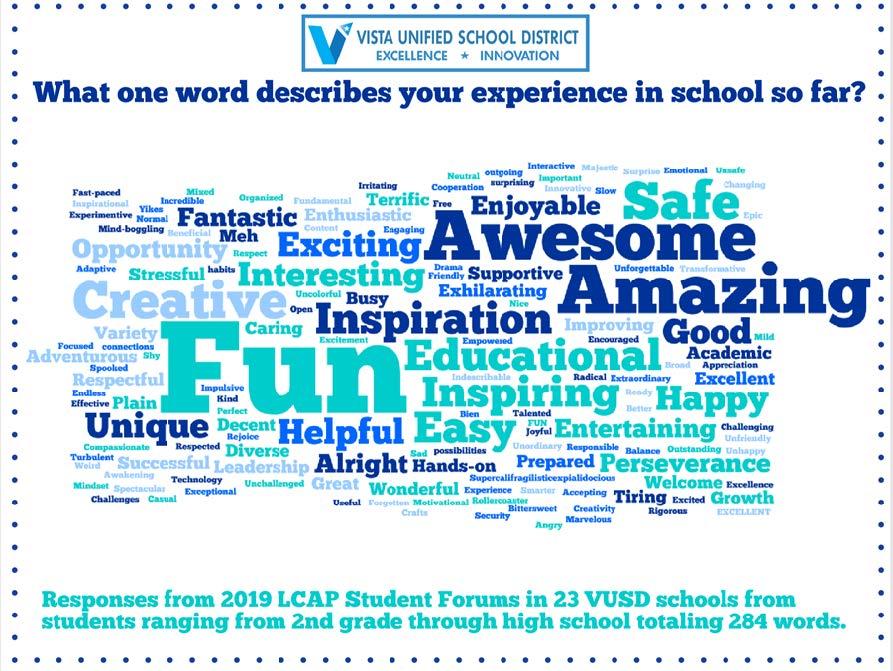
Learn More
Explore how Vista Unified engages with other stakeholders and partners.
- Partnering with Families for Learner Success and Wellbeing - Vista Unified helps families through school, one student at a time. They attribute their success to love and care and, simply, relationships above all.
- Learning from the Wider World: School Districts and Community Partnerships - Partnerships offer schools and districts the gift of a broader lens—of what is happening in the world, in the nation, and in the workforce that our students will enter.
This article is an excerpt from the NGLC publication, A Wide and Inclusive Network: Stakeholder Engagement at Vista Unified School District.
Photo at top of Vista Unified community members, courtesy of NGLC.

